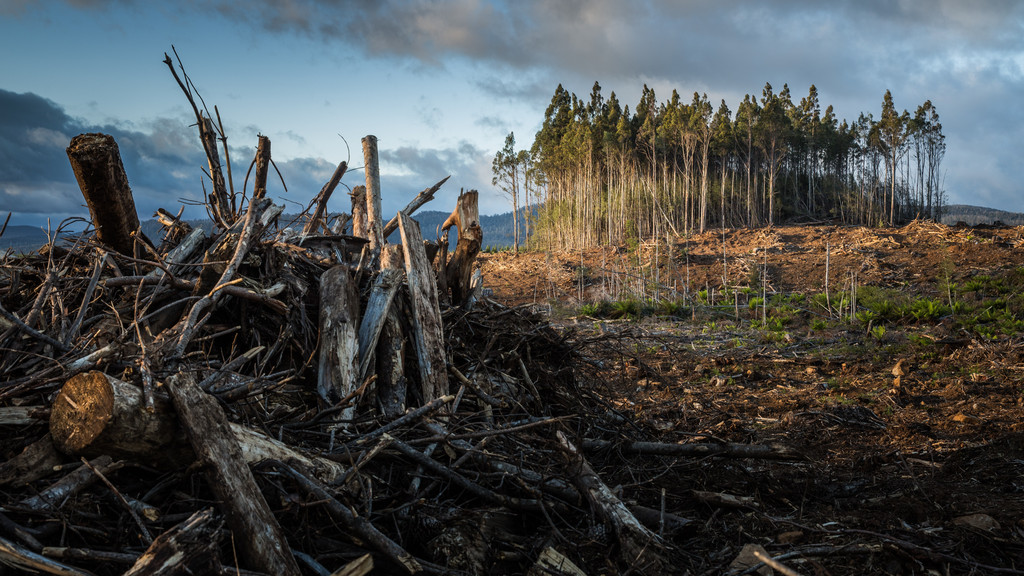

Since the early 1990s, demands for global climate protection efforts have been reflected in the environmental policy of the United Nations. One of the most important milestones in this regard was the World Climate Conference in Rio de Janeiro in 1992, at which the international community agreed on the United Nations Framework Convention on Climate Change (UNFCCC). In this convention, the contracting parties committed themselves to reducing human impacts on the climate and to mitigating the consequences of climate change. Since then, concrete climate protection goals and measures have been negotiated at annual climate summits.
Another milestone followed in 1997: At the third UN Climate Change Conference in Japan, the Kyōto Protocol was adopted, which obliges industrialised countries to reduce greenhouse gas emissions. A lot has happened since the Kyōto Protocol came into force: While in 1990 industrialised countries were still responsible for around 60 % of global greenhouse gas emissions, today this figure is only around one third. According to estimates, developing countries will be responsible for around three quarters of annual global greenhouse gas emissions in 2030. Accordingly, the Kyōto Protocol and the accompanying commitment to reduce emissions by the EU and a few other industrialised countries is no longer sufficient in terms of environmental policy efforts today, as less than 15 per cent of global emissions are covered by the countries specified in the Protocol.
The Paris Agreement adopted at the international climate conference in 2015 responded to these changes: For the first time, 197 countries agreed to a global climate change agreement and with it a commitment to change the global economy in a climate-friendly way. The agreement entered into force in November 2016 after being ratified by 55 countries that emit at least 55 per cent of global greenhouse gases. In the meantime, 180 states have ratified the agreement, including the European Union and Germany.
In contrast to the Kyōto Protocol, the Paris Agreement provides that all states, including emerging economies and developing countries, are obliged under international law to develop and implement a nationally self-committed climate protection contribution. These so-called "nationally determined contributions (NDCs)" are to be reviewed every five years and then replaced by the states with more ambitious targets. The background to this is that the climate protection contributions of the states to date are not sufficient to sufficiently slow down global warming. Although the states are not obliged under international law to actually achieve the climate protection targets they have set themselves, they must at least make an effort to do so by means of corresponding laws.
Another important part of the agreement is to support developing countries financially and technologically, as well as through knowledge transfer, in implementing climate protection measures and dealing with climate change-related damage.
The adoption of the Paris Climate Agreement is accompanied by three goals:
The EU and its member states have also jointly committed to the binding target of reducing their greenhouse gas emissions by at least 55% by 2030 compared to 1990.
However, it is not only the states of the global community that are obliged to take stronger measures to protect the climate; changes in civil society are also imperative in order to limit global warming to the proclaimed target of 1.5°C. For example, next time you go grocery shopping, make sure you buy regional and seasonal products or take the bus or bicycle instead of driving. You can also discover individual savings potential in our CO2 calculator!
Sources:
Bundesministerium für Umwelt, Naturschutz, nukleare Sicherheit und Verbraucherschutz; Bundeszentrale für politische Bildung; Bundesministerium für Wirtschaft und Klimaschutz; Europäische Kommission; UN environment programme